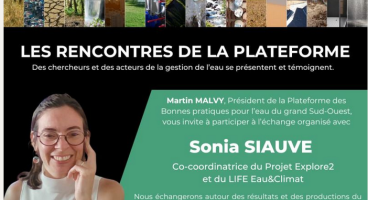ACTION C4 : STRENGTHEN EXCHANGES BETWEEN RESEARCHERS AND MANAGERS
The aim is to develop links between researchers and local stakeholders, and to facilitate the appropriation of research results by making the information understandable to local stakeholders.
The lead partner for this action is INRAE.
NB: A close link will be established with the Explore 2 project
C4.1 - Modelling and decision support
The scientific partners (INRAE, Météo-France, ACTIERRA, OiEau) have already participated in modelling initiatives in France (Explore2070, Garonne 2050, R2D2, etc.) and in European projects. Several territories have benefited (SMAVD, Smeag, EP Loire) without necessarily having obtained measurable benefits, due to a lack of appropriation of the results obtained by the members of the CLE, who may be confused by the concepts, hypotheses and uncertainties involved. A working group, bringing together researchers and stakeholders in the field, will draw up a white paper on the conditions for successful modelling at the scale of a SAGE, from the scientific point of view (climate and hydrological models, data required and/or available, etc.) and from the point of view of the stakeholders (popularisation of results, appropriation of projections, management of uncertainties, etc.).
In order to complement the decision support tools developed in the project, a decision tree will be proposed to conduct studies on the local impacts of climate change, with/without hydrological projections (possibility of using projections made in neighbouring river basins), and with/without hydrological modelling tools.

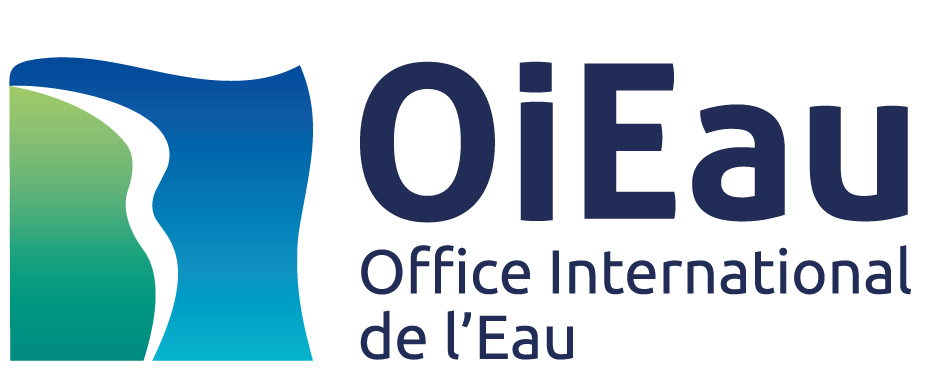
C4.2 - Popularisation of research results
The project will contribute to the popularisation of research advances and scientific discussions on the links between climate change and the evolution of available resources for the benefit of local stakeholders, in order to encourage them to reflect on the issue and to reinforce the robustness of their decisions. Regarding the sharing of experience with other Life and H2020 projects, a review of projects dealing with "water and climate change" is planned. OiEau will collect and analyse the results of more than 50 past and ongoing projects. This work will allow the elaboration of detailed sheets for 25 of these projects, which will be gathered in a single document that will be communicated and presented to all local stakeholders (water managers or SMEs, in particular via the AQUANOVAnetwork): the deliverable "Compendium of valorised research results of the 25 projects". A first version of this document will be produced at the end of year 2 and a second at the end of the project, because the regular identification of relevant projects will be an ongoing activity throughout the project.

C4.3 - Demonstration of local mobilisation of researchers
The objective will be to mobilise communities of researchers in the territories, applying the recommendations of action C4.1.
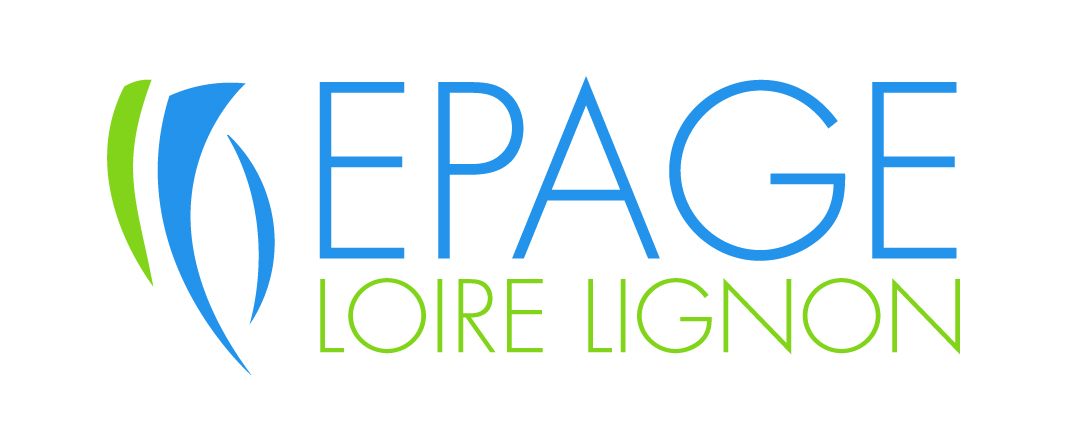
The EPAGE Loire Lignon will carry out a study on the hydrological functioning during low-water periods in sub-catchments (the Arzon, the Suissesse, the Ran). An evaluation of the impact of abstractions on water resources and on the functioning of aquatic ecosystems will also be carried out. This analysis will then be compared with the foreseeable evolution of the resource and uses by integrating the effects of climate change. The study will have to suggest quantitative management objectives to ensure a balance between aquatic environments and human uses and evaluate the potential for reducing the pressure of withdrawals.

SMEAG will mobilise researchers in order to accelerate the transfer of knowledge by contributing to the Pyrenees-Garonne workshop area (PYGAR) and to facilitate the capitalisation and dissemination of work; organisation of interventions by experts/researchers during meetings of the CLE or its bodies. It will conduct a socio-economic study specifying the impact of the climate change adaptation process on the uses and costs of adaptation on the perimeter of the Garonne Valley SAGE.

EP Loire will organise two days of exchanges between researchers and managers (2021 and 2023) on the themes of "Water and climate change" and "Behavioural sciences", particularly in relation to the actions conducted in the 10 SAGE territories that it supports.
An inter-SAGE "hydrology, environments, uses, climate" (HMUC) analysis of the Cher basin will be carried out from 2021 on the territories of the SAGE Cher amont, Yèvre-Auron and Cher aval. Within the framework of the project, the interest will be to benefit from the most updated climate projection data possible in order to be able to conduct a prospective climate analysis (including an economic forecast) for the definition of the volumes that can be drawn. Only the prospective climate analysis component of the HMUC study will be integrated into the LIFE project.
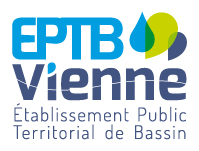
In connection with the 4 SAGEs of the territory and the action on hydro-climatic data, the EPTB Vienne will produce a synthesis of the knowledge acquired during studies on the effects of climate change. In connection with the 4 SAGEs of the territory and the action on hydro-climatic data, the EPTB Vienne will produce a synthesis of the knowledge acquired during studies on the effects of climate change. An analysis of the past and present impact of climate change will be carried out to find out how this impact is already reflected in the Vienne basin, followed by a climate projection on a river basin scale. This projection will need to provide information for the 2030 and 2050 timeframes and be sufficiently accurate to identify local changes in climate parameters.
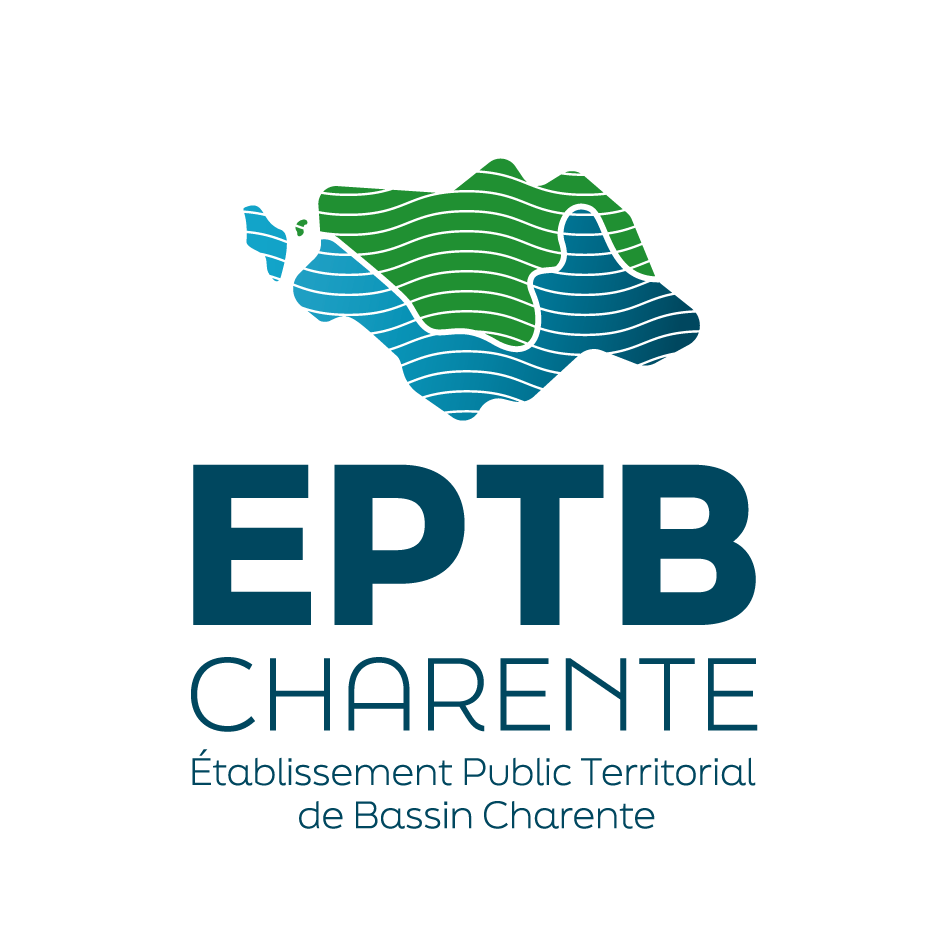
The development of modelling in the Charente river basin should make it possible to have an operational tool with a 500 m grid in order to better represent the river basins. Hydrological knowledge will be refined through piezometric measurement campaigns and river gauging. The objective is to reconstitute the influenced and natural flows and to evaluate the impact of the IPCC climate scenarios on the evolution of flows. Finally, specific work will be conducted on the volumes available for abstraction in the river basins concerned by projects for replacement reserves, and will provide input for consultation within the framework of the implementation of the Charente SAGE and the Projet de Territoire pour la Gestion de l’Eau (territory projects for water management - PTGE).

The SMBVLB's local prospective study (as part of the action on decision-making tools) will be based on a modelling tool adapted to coastal water bodies, integrating various input variables acquired locally: meteorological data, flows, water body levels, pressures on the river basin, etc.
INRAE will support the partners in these different actions.

